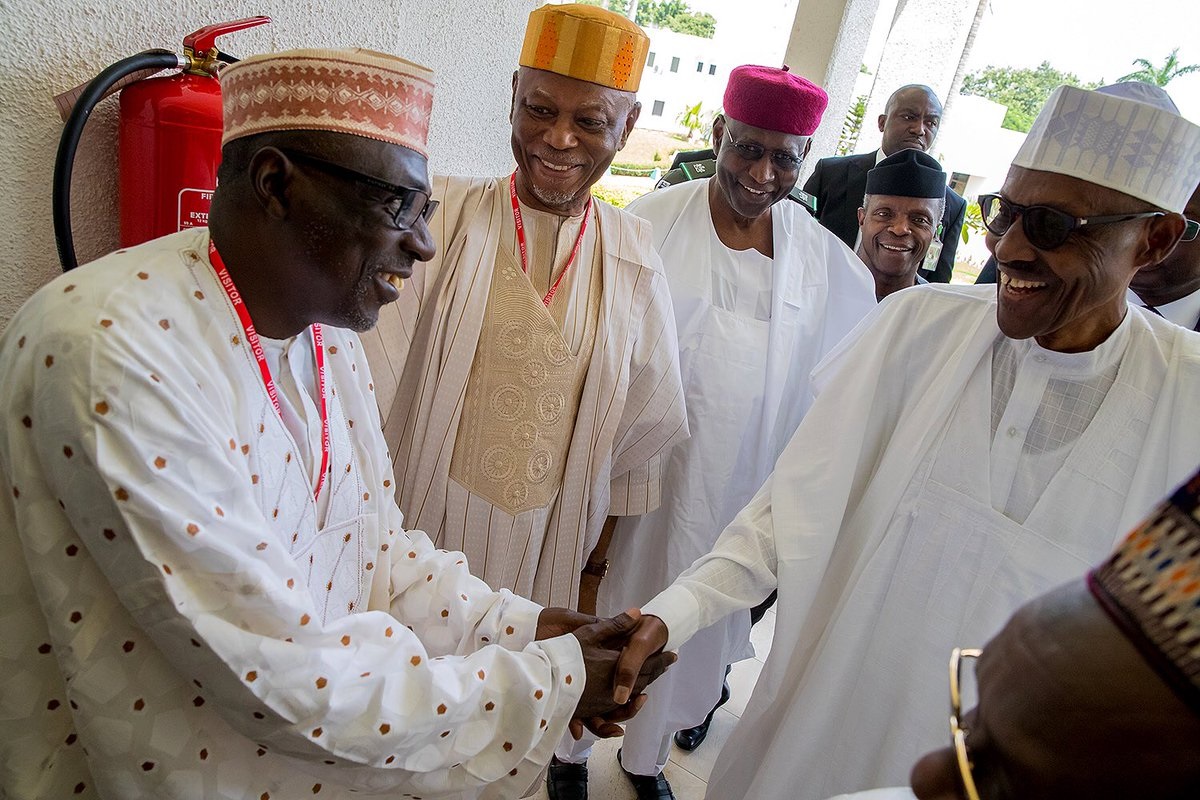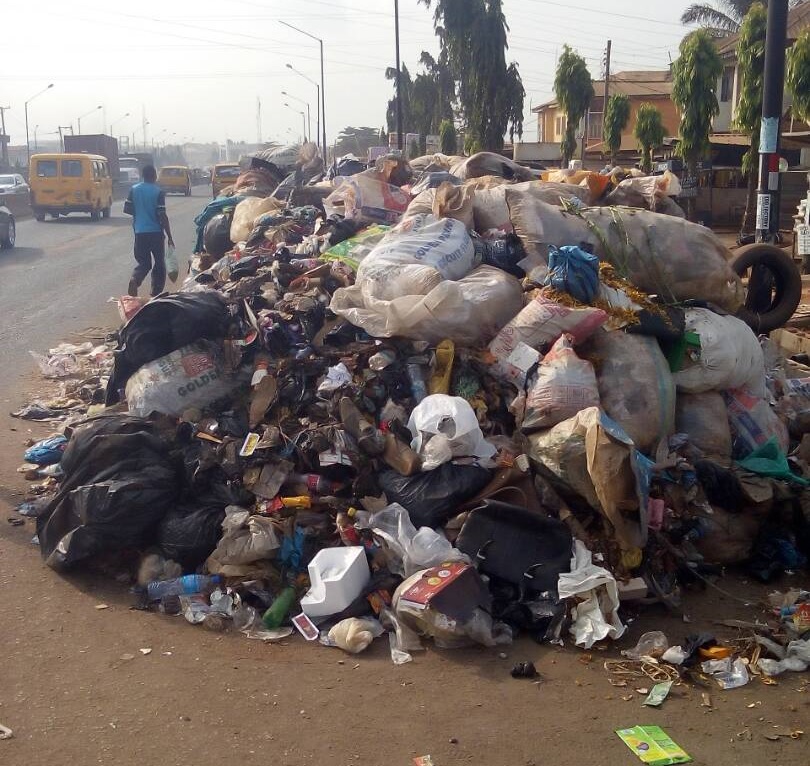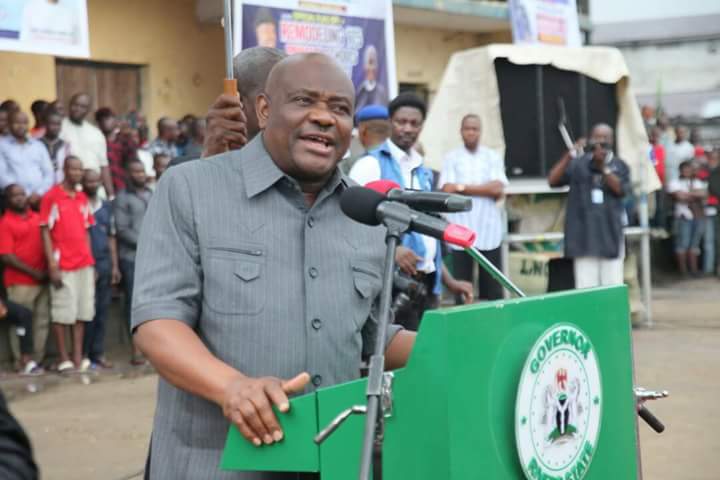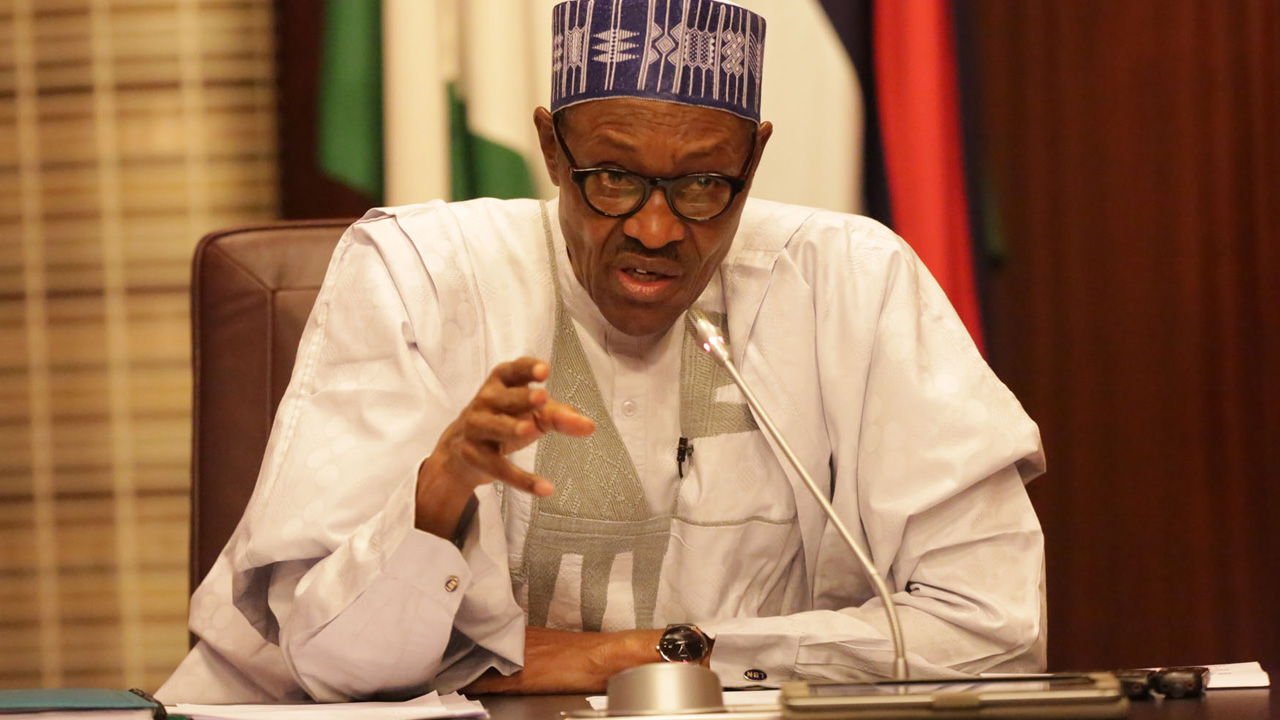The Board of Directors of the John D. and Catherine T. MacArthur Foundation said it was difficult to choose a single recipient in its global competition for a $100 million grant that promises a bold solution to a critical problem of our time. I can see why. Ultimately, MacArthur awarded Sesame Workshop and International Rescue Committee$100 million to educate young children displaced by conflict and persecution in the Middle East, because it felt an urgency to respond to the Syrian refugee crisis by supporting what will be the largest early childhood intervention program ever created in a humanitarian setting. Based on the strength and potential impact of the other three finalists proposals, MacArthur also awarded additional grants of $15 million to Rice 360° Institute for Global Health, HarvestPlus, and Catholic Relief Services.
The Foundation is deeply committed to helping all the finalists attract the support their critical work requires and deserves. MacArthur will continue its effort to cultivate other funding partners to fully realize these projects.One of the ways MacArthur hopes to draw attention to and support for the many strong proposals submitted to the competition is through its partnership with Foundation Center to create the 100&Change Solutions Bank. The website features nearly 2000 100&Change submissions that are searchable by geography, subject, strategy, population served, sustainable development goal alignment, and linked research. MacArthur’s goal is to drive investment in proposals, facilitate collaboration between organizations working on similar problems, and inspire other funders.
The four finalists were painstakingly thorough and any of them could have received the $100 million. I had my preference before The Finalists Live presentations late last year, but became undecided after. What’s clear is children were the ultimate winners. It seems most fitting that the Foundation awarded $15 million to each of the three other finalists to secure the health, education and wellbeing of children, making it one of the biggest overall grants in support of children. The good news is that these new awards don’t negatively affect the current level of funding of our operations in the Africa office.
I feel a sense of connection with each of the four finalists. For instance, HarvestPlus’ proposal to reduce hidden hunger is on the spot. Malnutrition is a major global problem affecting millions of people in Africa. It stunts cognitive and physical development, and eyesight of children. Malnourished child-brides carry very high risk of maternal mortality and morbidity. I was horrified by a slide during HarvestPlus’ presentation which compared the brains of a malnourished child and healthy child. Even with the best academic infrastructure a malnourished child can’t compete academically. If human capital is the most important resource of a country, biofortification, the proposed solution to reduce malnutrition, is about nurturing the capabilities, creativity and talent of Africa for Africa.
Advertisement
The HarvestPlus proposal is also about reducing poverty, enhancing the agricultural value chain, and diversification of the economy. During a field visit to the project, I met industrialists who have invested in biofortified cassava and maize value chains, fabricators of machineries, manufacturers of various commodities from biofortified maize and cassava, distributors of biofortified food, and suppliers of seeds, stems and chemicals. Biofortification generated employment among young people and there were kiosks for online services. Women formed cooperatives to produce fufu and gari in large scale.
Having spent most of my professional life at the Foundation working on maternal health, the Rice 360° proposal to reduce neonatal deaths was a no brainer. Millions of children die from preventable diseases despite the ubiquitous know how and available preventative techniques. The simple technology proposed by the Rice consortium could revolutionize neonatal health care; becoming an antidote to the “equipment grave yard”, as brilliantly described by Rice 360°team member Queen Dube. Such graveyards are widespread in many African states.
The consortium invented the Nonpneumatic Anti-Shock Garment (NASG), a simple technology for prolonging the lives of women in postpartum hemorrhage which when applied to a Yoruba woman at the University Teaching Hospital Ibadan who probably would have died but for the simple technology, was renamed ‘Ayorunbo’, meaning she who had gone to heaven and returned. A mock neonatal mobile clinic that the Rice 360°team created in Chicago, brought home the importance of the project.
Advertisement
The public presentation from Sesame Workshop and International Rescue Committee (Sesame and IRC)told the history of Sesame Street as a product of the civil rights movement, an educational alternative for African-Americans lacking access to formal education. Sesame and IRC proposed implementing an early education intervention, which is the bedrock of life opportunities that will reach an estimated 9.4 million unserved and underserved children scattered across the Syrian response region—including neglected and ill-funded refugee camps.
The children in refugee camps are exposed to toxic stress which correlated with my encounter of a three-year old boy in Maiduguri who offered N20 to a military officer at a check point in exchange for his gun. The environment where children grow is probably the single most important determinant of their future; and it is this theme—environment—which connects the Sesame and IRC proposal with that of Catholic Relief Service (CRS).
CRS’ proposal to change the way we care for children in orphanages is critical to the healthy development of children. It was heart wrenching to watch their presentation on the nine million orphaned children who physically looked four-years-old but in reality, were older than 10. Their presentation painted in my mind the cruel future facing the more than 60,000 children orphaned in Maiduguri by the Boko Haram violence. CRS, along with its partners, Maestral and Lumos, proposed a cost-effective strategy of connecting parents and their children.
100&Change is part of a new approach of grantmaking at the Foundation focusing on problems and solutions. MacArthur believes that solutions are possible to even some of the most challenging problems facing the world. This was an initiative that sought to contribute to solving any problem anywhere in the world without the constraints of current Foundation thematic foci and geography. When it was announced in June of 2016, 7,069 organizations registered. When the application period closed in October, 1,904 proposals were submitted. Of those, 801 passed administrative review. Nigerians participated in the review. The four finalists emerged from eight semi-finalists.
Advertisement
At the end, the real winners are children of the world who are interconnected by the problems of neonatal death, stunting, toxic stress and neglect and isolation. And the award of $145 million will contribute to nurturing their future, or more appropriately, our future.
Shettima, PhD, is the director of the Africa Office of the MacArthur Foundation based in Abuja.
Views expressed by contributors are strictly personal and not of TheCable.







